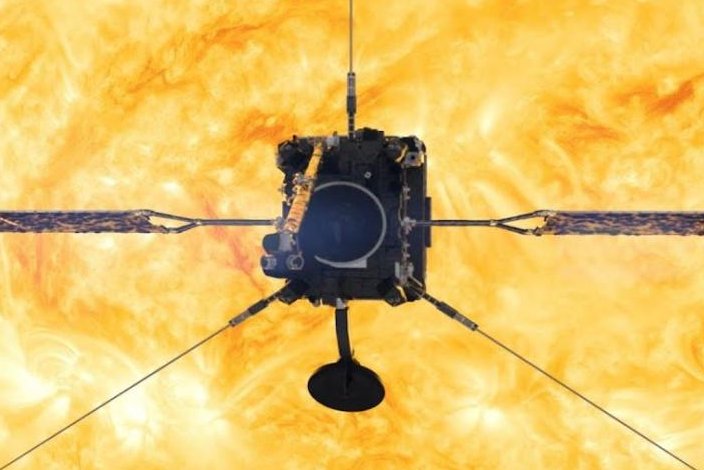

#SOLAR ORBITER EARTH FLYBY FULL#
During this time, the in-situ instruments have been taking measurements of the solar wind and other conditions around the spacecraft, while the remote sensing instruments designed to look at the sun have been in their extended calibration and characterisation mode.ĭespite Solar Orbiter not yet being in full science mode, a lot of science has been produced. From July 2020 to now, Solar Orbiter has been in the cruise phase. From its launch in February 2020 to July of that year, the spacecraft was in its commissioning phase, during which the scientists and engineers tested out the spacecraft and its instruments. The flyby marks a major milestone for Solar Orbiter. "This flyby is exciting: seeing what Solar Orbiter sees in our part of space, and how that compares to what we are seeing, and if there are surprises, what are they?" says Anja Strømme, Swarm Mission Manager. This will provide even more data points from which to reconstruct the condition and behavior of Earth's magnetic field during the flyby. It will sweep into the Earth's magnetic field from out beyond Clusters orbit, approach Swarm's orbit at closest approach and then fly back out again. Solar Orbiter's flyby offers a unique opportunity to take even more data. This is the name given to the uncertainty over whether a change has taken place because a spacecraft has flown into a different region with different conditions (a change in space) or is flying through a region that changes its conditions (a change in time). Multiple spacecraft are needed to break the so-called space-time ambiguity. The details of these interactions are being studied by two ESA missions: Cluster's four satellites at 60 000 km in altitude and Swarm's three spacecraft at 400 km. Not only can particles from the solar wind penetrate the magnetic field and spark the aurora in our skies, but atoms from our atmosphere can also be lost into space. This is a subject of intense interest because the magnetic field is our atmosphere's interface with the solar wind, the constant 'wind' of particles given off by the sun.
#SOLAR ORBITER EARTH FLYBY PLUS#
On the plus side, the flyby offers a unique opportunity to study the Earth's magnetic field. Solar Orbiter's operations team are monitoring the situation very closely and will alter the spacecraft's trajectory if it appears to be in any danger.

As a result, there is a small risk of a collision. The first is the geostationary ring of satellites at 36 000 km, and the second is the collection of low Earth orbits at around 400 km. The spacecraft must pass through two orbital regions, each of which is populated with space debris. The maneuver is essential to decrease the energy of the spacecraft and line it up for its next close pass of the sun but it comes with a risk. This is almost as close as the orbit of the International Space Station.

At 04:30 GMT (05:30 CET) on that day, the spacecraft will be at its closest approach, just 460 km above North Africa and the Canary Islands. Solar Orbiter's Earth flyby takes place on 27 November.


 0 kommentar(er)
0 kommentar(er)
